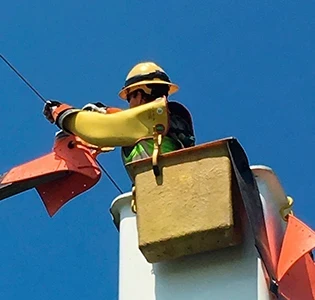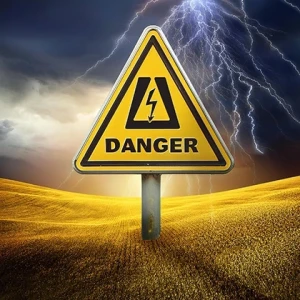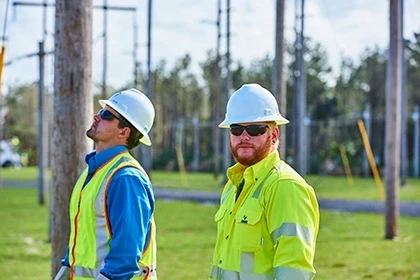Choosing Your Rubber Safety Gloves

Latex versus Natural Rubber – What is the difference?
All Raw rubber comes from the rubber tree. It is then processed to become a latex for water-based dipping or dried down to a slab for use in extrusion or solvent dipping operations.
Hydrophilic additives in Latex
For latex to be usable it must undergo several processes to enable it to form a product. Of the many process involved, key is the addition of soaps to maintain emulsion (electrostatic) stability. Soaps have a water-loving head and an air-loving tail; the head orients itself in the direction of the water source and entraps the water. It holds the water until enough energy is applied to drive the water away. Therefore, soapy water dries slower than normal water. Salts function in much the same way. For this reason, soaps and salts used in the latex dipping process hold and attract water unless physically removed from the rubber. This can only be partially done, with extensive leaching potentially leaving active residuals.
Solvated rubber does not contain surfactants or salts Surfactants & salts are hydrophilic and like to absorb and hold water, thus increasing conductivity Solvated rubber (like that used in Salisbury gloves) does not contain these types of ingredients and does not require emulsion (electrostatic) stability-generating additives.
Read full article in the SPECIAL HV Electrical Testing ISSUE.









